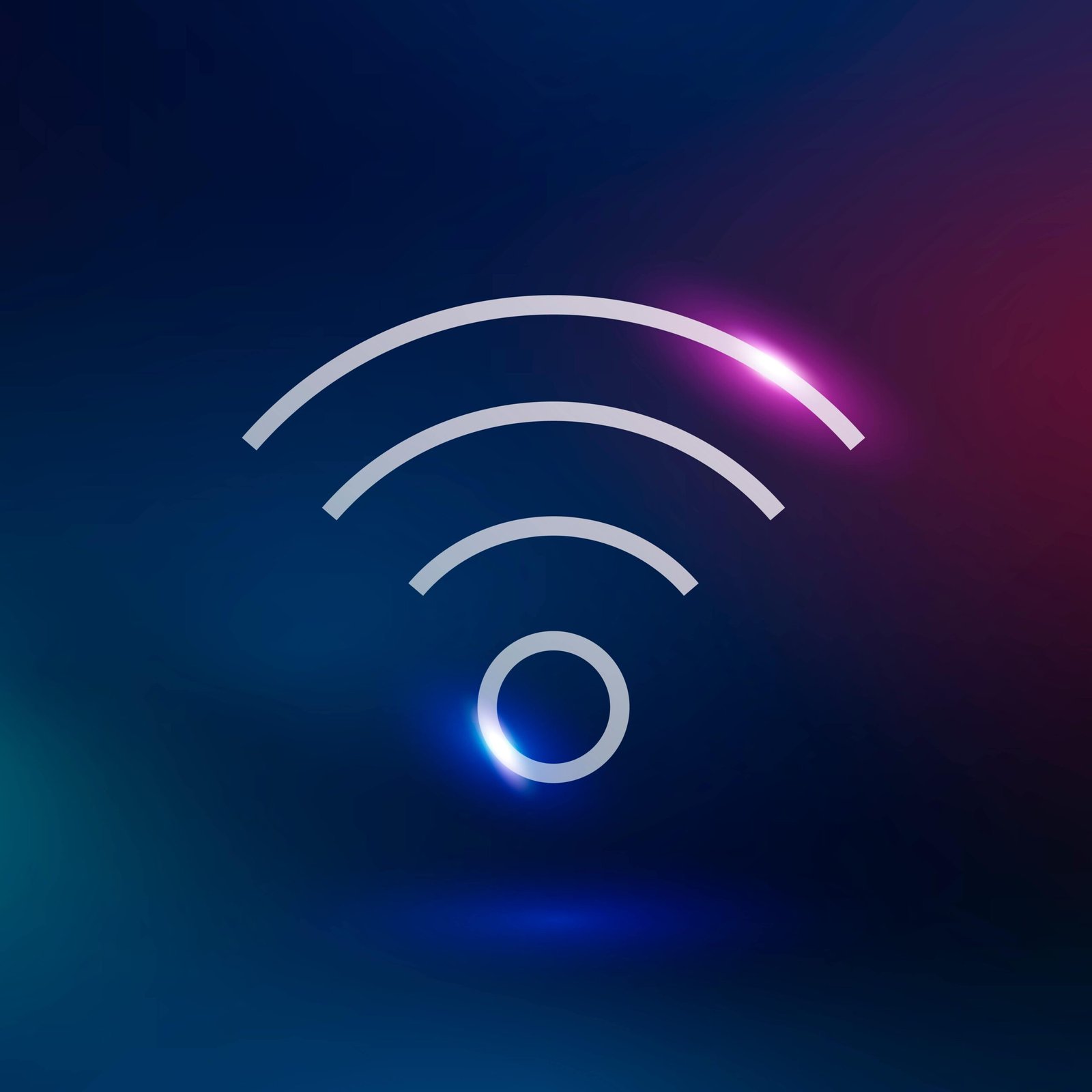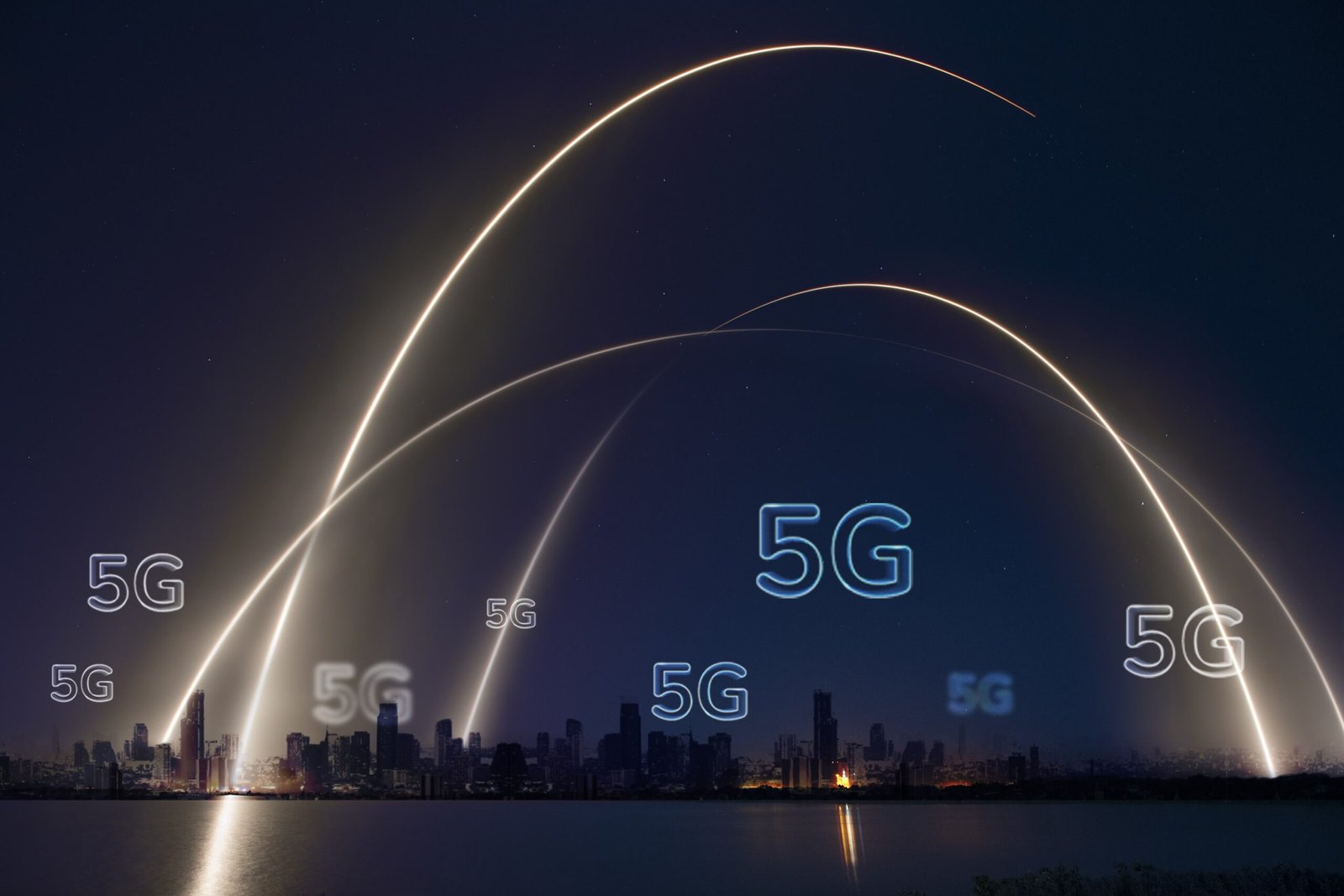
Exploring the Top WiFi Alternatives for Wireless Connectivity
Discover the best WiFi alternatives for seamless wireless connectivity. Explore innovative options for faster, more reliable networks tailored to your needs.

Reliable wireless connectivity is crucial in today’s communication landscape. While WiFi remains the most popular choice for wireless networking, there are a variety of alternatives that are promising technologies for seamless wireless connections. WiFi has been found to have some serious downfalls when it comes to reliable connectivity, which involves range limitations, interference, and security concerns. Users are presently seeking more secure and reliable internet alternatives, so we will delve into some alternatives to wireless internet that can enable connectivity in the modern era that has the most connectivity demands to date. Let’s delve into some of the top WiFi alternatives for wireless connectivity that can get users connected with greater efficiency and security.
Wireless Connectivity Alternatives to WiFi
As the demand for reliable wireless connectivity continues to grow, so do the technological options and innovations. Below, we explore some of these groundbreaking technologies, their pros and cons, and how they can aid in the future of wireless internet.
1. 5G Cellular Networks
5G is the latest generation of wireless cellular technology, offering significantly higher speeds, lower latency, and greater capacity compared to 4G LTE.
| PROS | High Speed: 5G can provide data rates up to 10 Gbps. | Low Latency: Ideal for real-time applications such as gaming and autonomous driving. | Wide Coverage: Extensive deployment plans by telecom operators ensure broad coverage. |
| CONS | Cost: 5G plans can be more expensive than traditional broadband. | Battery Drain: High-speed data transfer can result in higher battery consumption. | Infrastructure: Requires significant infrastructure investment, which may lead to slower rollout in some regions. |

2. Zigbee
Zigbee is a low-power, low data rate wireless technology primarily used for IoT (Internet of Things) applications. These include smart home devices, sensors, and industrial automation.
| PROS | Energy Efficiency: Designed for low power consumption, Zigbee is ideal for battery-operated devices. | Mesh Networking: Zigbee devices can form a mesh network, extending the range and reliability of the network. | Scalability: Supports a large number of devices within a network. |
| CONS | Low Data Rates: Zigbee's data rates are relatively low, suitable for simple sensor data rather than high-bandwidth applications. | Interference: Operates on the 2.4 GHz frequency band, which can be crowded and prone to interference. |
3. LoRaWAN (Long Range Wide Area Network)
LoRaWAN is a low-power, long-range wireless technology that is ideal for applications requiring low data rates over long distances, such as environmental and climate monitoring and asset tracking.
| PROS | Long Range: Can communicate over distances of several kilometers | Low Power Consumption: Suitable for devices that need to operate on battery power for years | Strong Community Support: A growing ecosystem with widespread adoption in IoT applications. |
| CONS | Low Data Rates: Not suitable for applications requiring high-speed data transfer. | Latency: Higher latency compared to other wireless technologies, which can be an issue for real-time applications. |
4. LiFi (Light Fidelity)
LiFi is an innovative, groundbreaking, and relatively new technology that uses light waves instead of radio waves to transmit data. This method leverages LED lights, which flicker at extremely high speeds imperceptible to the human eye, to send data from a wireless access point to LiFi enabled devices. It’s a modular system like Oledcomm’s LiFiMAX technology that has been found to be one of the best alternatives to wifi, boasting high security, interoperability within existing WiFi systems, and extremely fast data transfer.
| PROS | High Speed: LiFi can theoretically reach speeds up to 224 Gbps. LiFi solutions on the market today reach up to 3 Gpbs.
Low latency |
Security: Since light cannot penetrate walls, the signal is contained within a room, reducing the risk of unauthorized access or outside interference. | Less Interference: LiFi is not affected by electromagnetic interference, making it ideal for applications in environments like hospitals and airplanes. |
| CONS | Line of Sight: LiFi requires a direct line of sight between the transmitter and receiver. | Limited Range: The effective range of LiFi is limited to the coverage area of the light source. |
Why LiFi stands out among alternative internet options
It is true that light fidelity is an up and coming technology that has yet to reach wide implementation; however, it has proven to be an unparalleled choice for wireless communication with advantages such as better cybersecurity and high data transmission rates, and possesses a bandwidth wide enough to accommodate the ever expanding need for global connectivity. By innovatively using light beams to seamlessly transport data, light fidelity can be integrated into already existing lighting systems. Additionally, the technology leverages LED bulbs for data transmission, setting itself apart from other alternative internet options by enabling wireless connectivity to reach new levels of environmental consciousness.
Conclusion
While WiFi remains a dominant player in wireless connectivity, exploring wireless connectivity and WiFi alternatives can open up a world of faster and clearer communication. In particularly specialized scenarios that have a greater demand for seamless streaming, alternative internet options can range from the high-speed, secure data transfer of LiFi technology to the long-range, low-power capabilities of LoRaWAN. Each technology offers unique advantages that can be leveraged to enhance connectivity within everyday scenarios, like in healthcare, transportation, and personal sectors.
As wireless technology continues to evolve, staying informed about alternative internet options, like LiFi technology, ensures that the most robust solutions for the office space or home connection provides a uniquely swift communication, security, and data transfer in an ever-expanding world of telecommunications.
There are significantly less security concerns with WiFi alternatives like LiFi technology, as the technology leverages light waves to transmit data. The signal is therefore contained to the place it originates, and unable to be intercepted by external signal interruptions or hackers
Factors such as coverage area, security necessities, and operative load could be helpful considerations when deciding on a WiFi alternative for your wireless operations. Modular wireless alternatives such as LiFi technology are easily customizable, making it an easy, increasingly popular choice.
Light fidelity technology, leveraging light beams for connectivity and presented by Oledcomm, is a leading alternative to WiFi that is the safest, fastest, and most interoperable system on the current wireless market. LoRaWAN, and short range wireless connectivity like Bluetooth and Zigbee are all examples of common alternatives for WiFi used in internet connectivity; however, each varies in factors such as range, speed, and security. Can we add LiFi ?
Recent articles

Categories
See some more...



